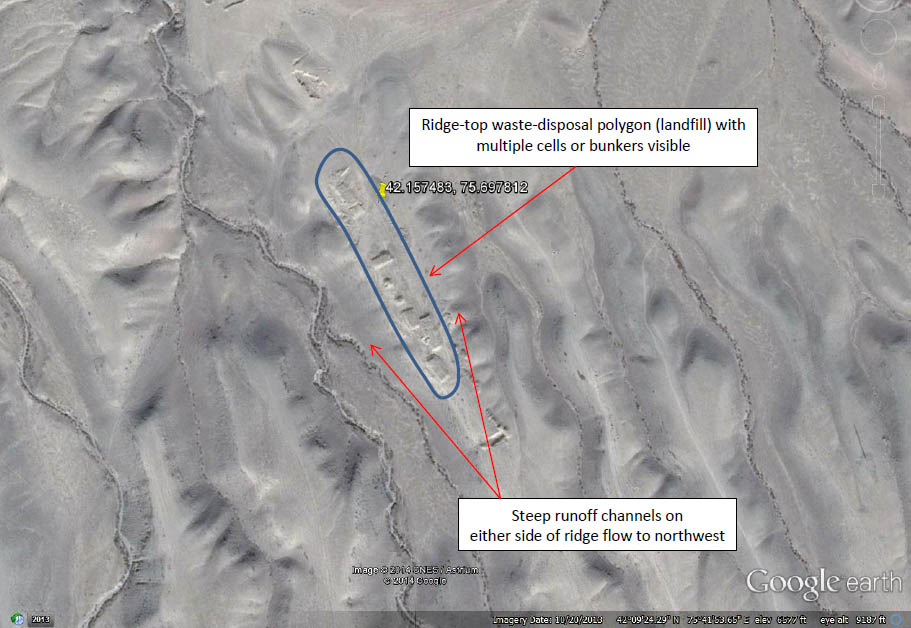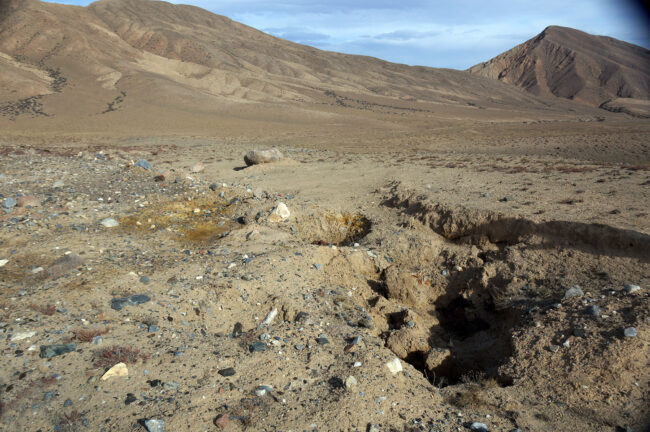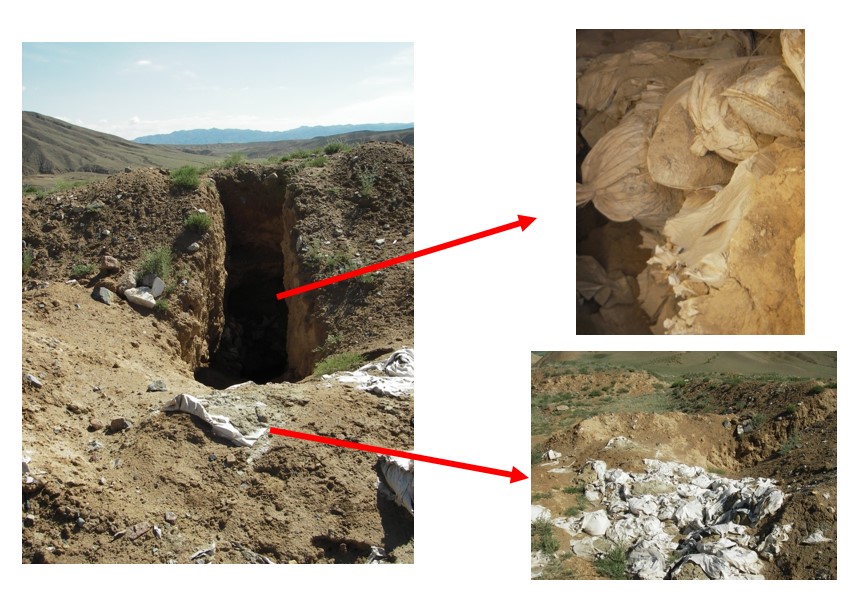Safeguarding Kochkor Burial Site of Obsolete Pesticides, Kyrgyzstan
Source of contamination/contaminants: Burial of obsolete pesticides/DDT
Estimated cost: 100,000 USD
Implementers: EHPMI, Ekois in partnership with local Administration of Kochkor District and the Ministry of Natural Resources, Environment, and Technical Supervision
Project duration: 2 years Source of contamination/contaminants: Burial of obsolete pesticides/DDTEstimated cost: 100,000 USDImplementers: EHPMI, Ekois in partnership with local Administration of Kochkor District and the Ministry of Natural Resources, Environment, and Technical Supervision
Problem description
When it was prohibited in USSR to use DDT the remaining stocks of DDT and other organochlorine pesticides were buried in different locations across Kyrgyzstan. But after the collapse of the Soviet Union people started digging out old pesticides and use them, which increased the risks for environment and human health. In the burial site in Kochkor District of Naryn Oblast there were about 1800 tonnes of buried obsolete pesticides, but now the area is highly contaminated because of illegal digging of pesticides.

The site was assessed as part of a Blacksmith Institute/FAO project in 2014 and the experts concluded: “Although this area is remote and not readily accessible, livestock graze here. Scavengers have brought waste pesticides to the surface, causing erosion and making it more likely that animals and people will contact contaminants. Local officials are concerned that storm water channels on the east and west side of the ridge-top landfill will eventually erode the landfill and cause contaminants to be carried downgradient to village water supplies during rainy periods.”


Proposed solution/actions:
- Stakeholder analysis and development of the action plan
- Communication and awareness
- Detailed assessment of the contaminated area
- Identification and implementation of technical solutions that may include the following:
- Fencing of the contaminated area
- Capping the pits where some pesticides were dug up
- Restoration of the drainage system
- Provide guarding of the area
The work on this site is included in the National Implementation Plan of the Stockholm Convention, however nothing was done because of the lack of resources and technical expertise.

